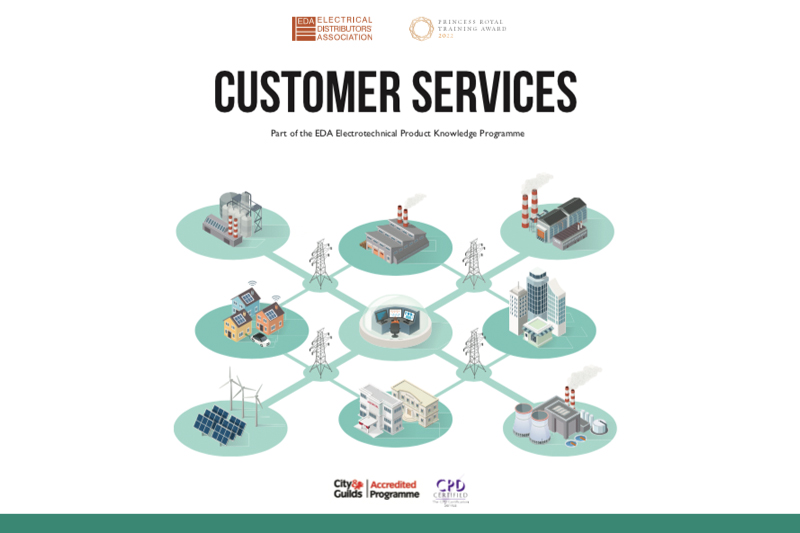When was Hispec formed and what were the original company objectives?
Hispec was established back in 2002, initially as an importer of general electrical products, ranging from electronic transformers to fluorescent lighting modulars.
The initial mission statement of Hispec was to offer a wide range of quality products to the electrical wholesale market, with an emphasis on providing excellent levels of customer service to every aspect of the supply chain.
What sets Hispec apart from other electrical product suppliers?
Over the past three years we have invested heavily in the recruitment of an experienced sales team that now offers national support for our electrical wholesale customers. I believe that a major contributor to our continued growth is the unrivalled support that we offer the wholesaler, whether it be through staff training, joint contractor visits, trade day support or free of charge POS displays for their branches.
Our team listen intently to the requirements of their customers and as a result we were able to design and develop a range of products that filled a niche in the domestic fire and CO market; specification quality detectors at an affordable price point.
Due to our vertical integration supply chain model, we are now able to adapt and diversify our product offering in a much shorter timeframe than some of our larger, more corporately owned competitors – thus allowing us to penetrate a variety of market sectors with not just our fire detection range but also our emergency lighting and general LED lighting solutions.
How has the drive to reduce energy use impacted the lighting market?
The concentrated drive to reduce energy use has led to the development and rapid advancement of energy-efficient lighting technologies, notably Light Emitting Diodes (LEDs). As the demand for these energy-efficient products continues to rise, the market for incandescent bulbs has almost disappeared completely.
One of the largest impacts to the lighting market in recent years will be the upcoming legislative changes that will effectively ban the use or sale of all fluorescent lamps in the UK by February 2024 – this is primarily being driven by the government’s need to achieve Net Carbon Zero by 2050.
Another significant impact of the race to reduce our energy consumption is the development of innovative lighting solutions, such as the newly launched remote monitoring system by Hispec, designed to cut down CO2 emissions, maintenance costs and the environmental impact of commercial lighting.
What are the current trends in lighting and fire detection and what product lines have proved popular over the past 12 months?
We have seen the demand for life safety products increase significantly over the past 12 months, with a particular focus on Internet of Things (IoT) technology. Social landlords, property developers and private contractors have shifted a lot of their focus onto achieving their own corporate social responsibility (CSR) goals – one of the most prominent being the reduction in CO2 emissions that many are accomplishing through the enhanced use of IoT solutions and connected devices.
We believe that the implementation of the Building Safety Act in October 2023 will have a huge impact on how we as an industry approach life safety, focusing predominantly on testing measures and compliance records.
What are the future goals for Hispec?
We have some very aggressive growth plans built into our most recent three-year strategy, focusing primarily on a major expansion of our product offering, launching exciting new technologies that are targeted towards compliance and then finally ensuring that the industry are educated and kept up to speed in the emerging markets and opportunities within the fire and lighting sectors.
For more information, click here





